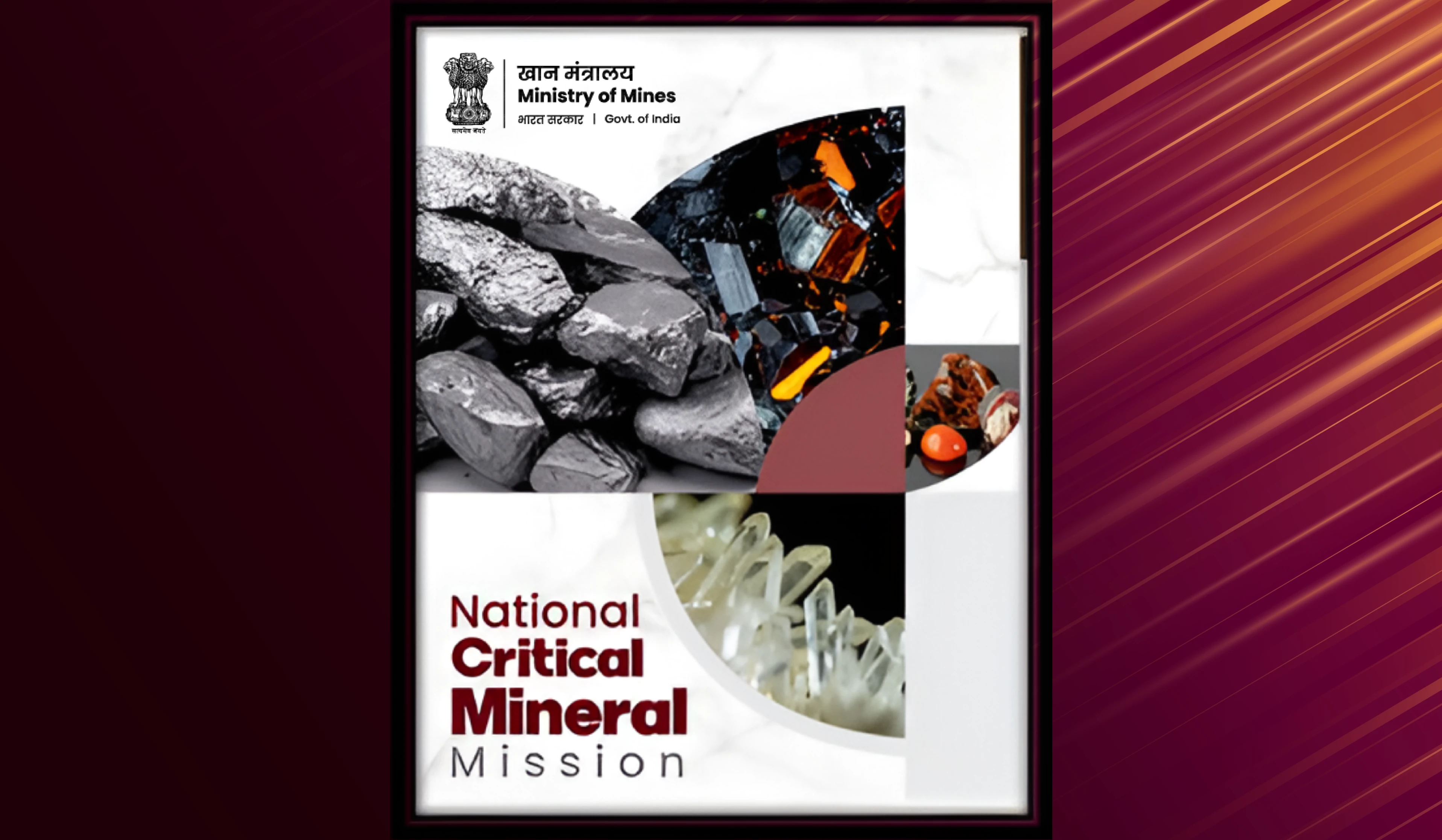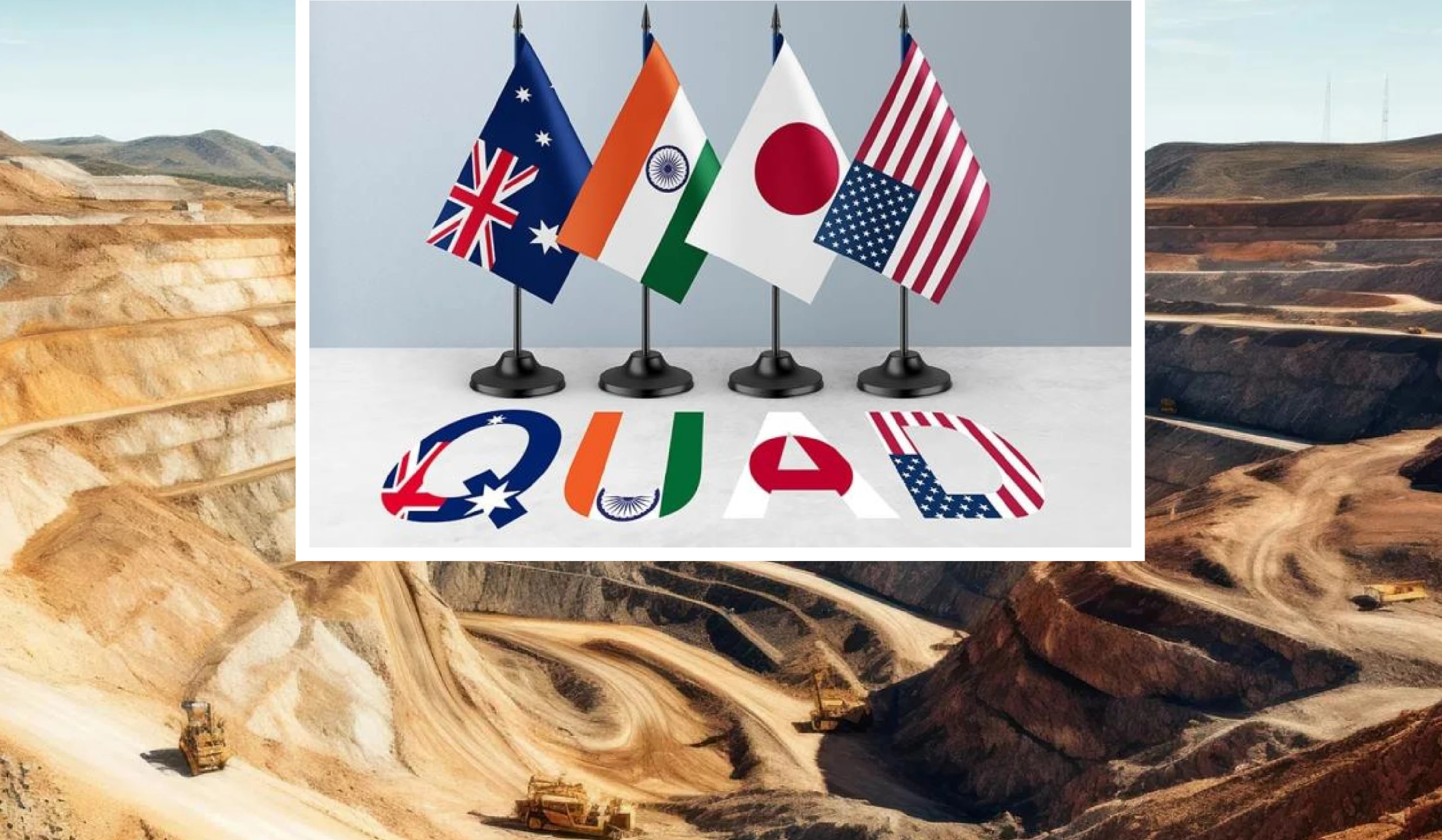The U.S. and Australia have signed a Critical Minerals Framework to combat China’s near-absolute monopoly (especially rare earths) and to diversify sources of critical minerals.
- The framework includes funding for multiple projects aimed at boosting the supply of key materials used in defense manufacturing and energy security.
- It will also deploy a mechanism to set a minimum price floor for critical minerals to counter China’s market manipulation strategy of flooding markets that make global competitors unviable.
What are Critical Minerals?
- Critical minerals are essential minerals vital for modern technologies and clean energy, but with high supply risk due to limited availability or dependence on a few countries.
- e.g., Lithium, cobalt, nickel, copper, etc.
- Rare Earth Elements are a subset of critical minerals and are essential for technologies like electric vehicles, wind turbines, smartphones, and defense equipment.
Concerns with Critical Minerals Supply Chain
- Geographic Concentration: Critical mineral production & processing are concentrated in few regions, making global supply prone to political and economic risks.
- E.g., Democratic Republic of Congo supplies ~70% of the world's cobalt.
- Weaponization of Resources: China has restricted exports of key materials such as gallium and germanium, effectively weaponizing mineral trade.
- China dominates the rare earth sector, meeting 85–95% of global demand.
India’s Initiatives to Secure Critical Minerals
|






